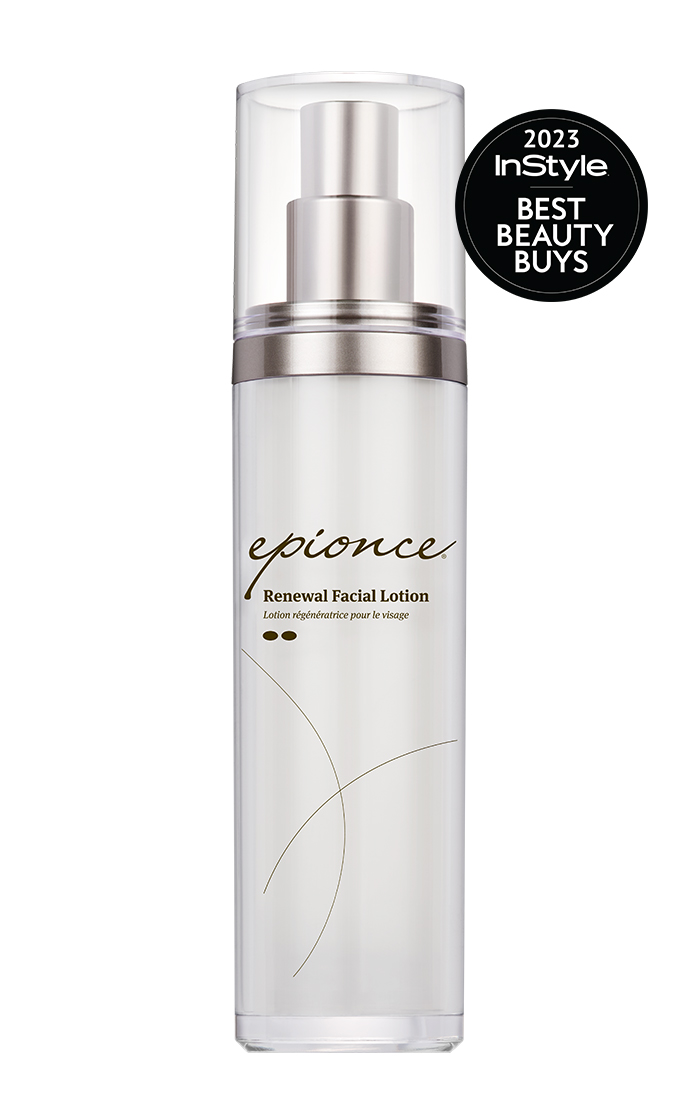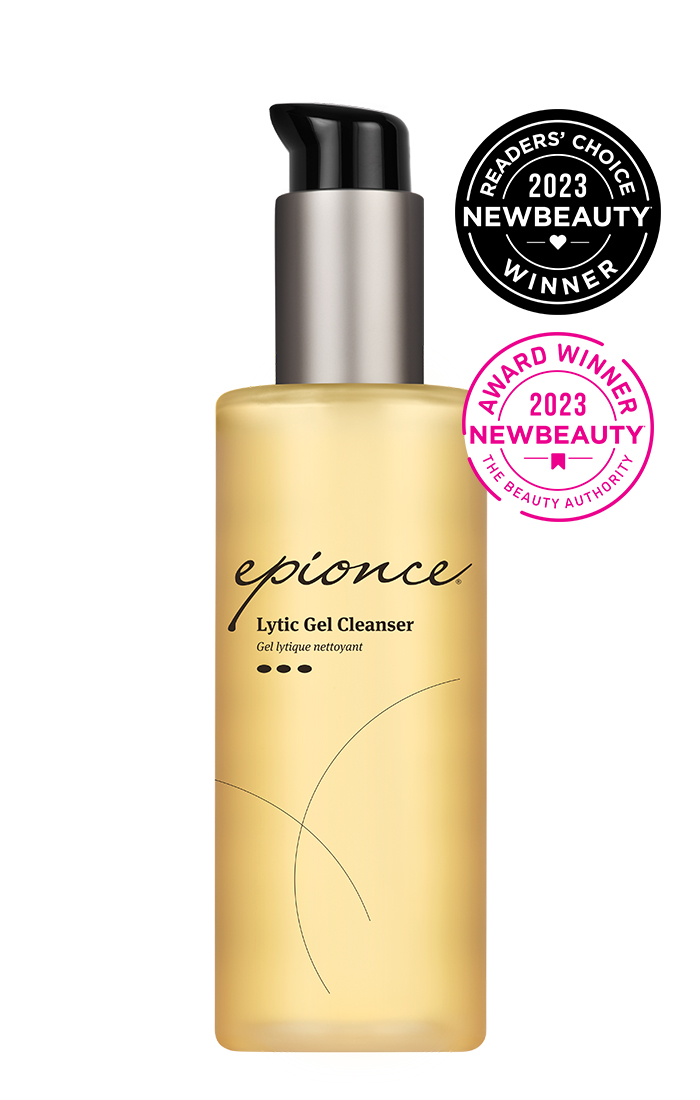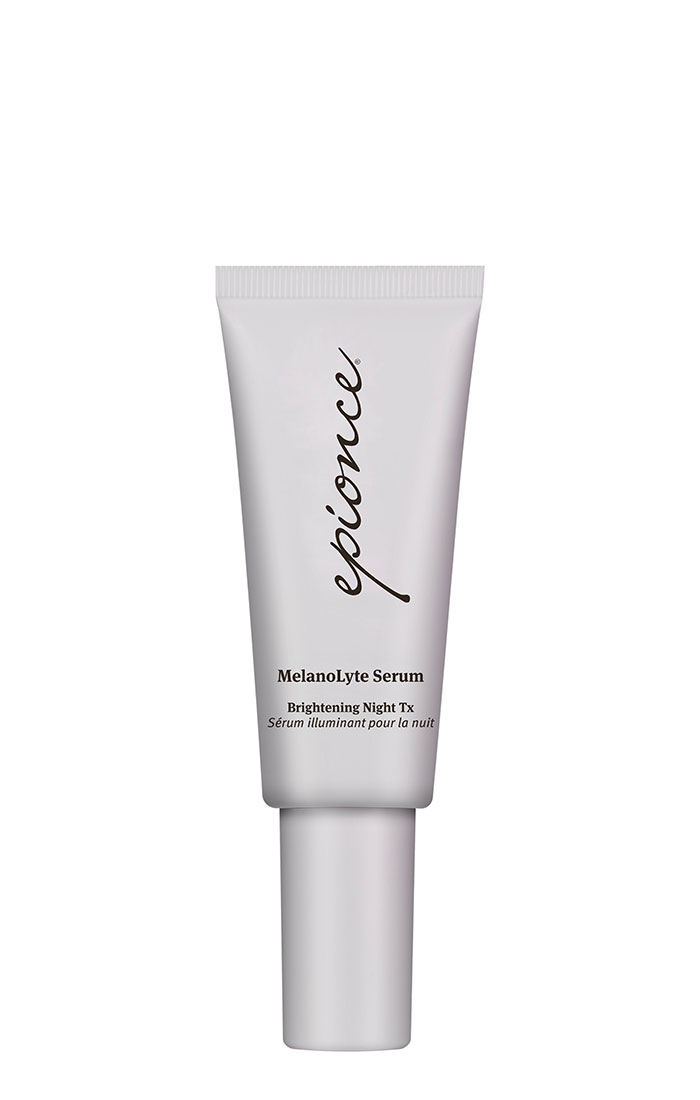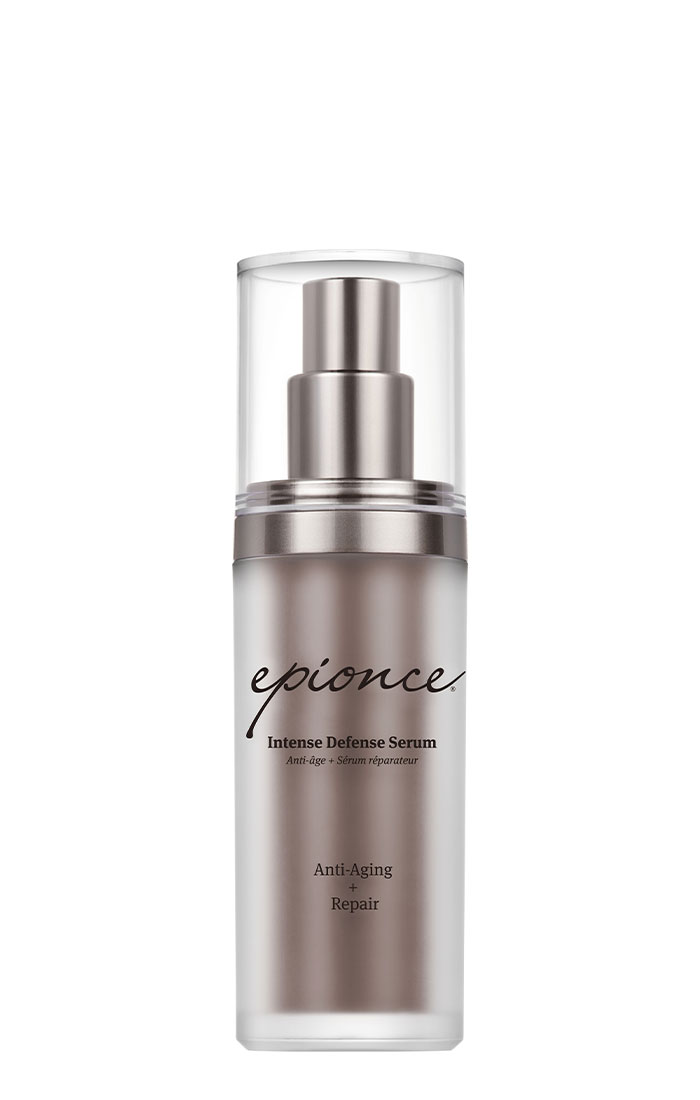Understanding Skin of Color: Health, Education and Unique Needs
DiAnne Davis, MD, FAAD
June 24, 2024
In the diverse world of skincare, it’s crucial to acknowledge the unique needs of different skin tones and textures, particularly skin of color. This term broadly refers to skin types that are naturally darker in pigmentation, including but not limited to African, Asian, Latinx, and Native American skin tones. Skin of color has distinct characteristics and needs as compared to fairer skin tones. Recognizing these differences is crucial for appropriate skincare and medical treatment while achieving optimal skincare results. Let’s explore the unique features of skin of color, highlighting its structure, common concerns, and essential care practices.
The Structural Differences in Skin of Color
The structural differences that exist between skin of color and fairer counterparts primarily result from variations in melanin content, the arrangement of melanosomes (cells that actually store and transport the melanin), and certain physiological differences. The melanosomes are larger, more numerous, and more dispersed throughout the epidermis in darker skin types that allow for the more “melanin-rich” skin tones. These physiological differences are influenced by genetic factors and have evolved as adaptations to varying environmental conditions, such as UV radiation exposure in different parts of the world.
Melanin Production and Higher Melanin Levels
Skin of color contains more melanin, the pigment responsible for skin color. This increased melanin provides some natural protection against ultraviolet (UV) radiation, reducing the risk of sunburn and certain types of skin cancer. However, it also predisposes individuals to issues, where even minor injuries can leave dark spots that take a long time to fade.
Thickness and Density
Stratum Corneum: The stratum corneum (the outermost layer of the epidermis) in darker skin has more layers of corneocytes (skin cells), which can influence the skin’s texture and hydration. The structural properties of the stratum corneum in skin of color often result in better moisture retention, although this can also vary based on individual skin care practices and environmental conditions.
Sebaceous Glands: Skin of color often has more active sebaceous glands, leading to higher oil production. This can be a double-edged sword, providing natural moisture but also increasing the risk of blemishes and breakouts.
Dermal Thickness: Studies have shown that the dermis (the skin’s second layer) in darker skin tends to be thicker and more compact due to the higher density of collagen. This can contribute to a more youthful and resilient appearance, as it offers better support to the outer skin layers.
Fibroblast Activity
Skin of color is susceptible to more pronounced responses to skin injuries. This can lead to a higher likelihood of the overgrowth of scar tissues resulting from excess collagen production during the healing process.
The Unique Needs of Skin of Color
Skin of color has unique needs due to its distinct structural and physiological characteristics, which influence its response to environmental factors, skincare products, and potential health conditions. Understanding these unique needs helps in selecting appropriate skincare products and routines that promote the health and appearance of skin of color. Unique needs that are considered by dermatologists may include:
Discoloration
One of the most common concerns for individuals with skin of color is discoloration. It is characterized by dark patches on the skin. Darker skin tones have more melanin, which makes them more prone to discoloration.
Blemishes and Breakouts
While blemishes affect all skin types, the aftermath of blemishes, particularly the dark spots that are left behind, are more pronounced in darker skin types. These blemishes occur due to the overproduction of melanin, leading to dark spots that can take months to fade.
Addressing the Needs of Skin of Color
Epionce is a clinically proven skincare line designed to improve the appearance and health of the skin. The products are rooted in science and formulated with botanical ingredients to enhance the skin’s natural barrier. As a board-certified dermatologist, I love that we have a physician-strength skin care line, developed by a dermatologist, who truly understands the depths and differences that exist between different skin types. Because the products are botanically sourced, they are gentle enough to work on many different skin types, with key ingredients that make a difference in not only how the products feel but the results they provide. As someone with oily and blemish-prone skin, I have found several of the Epionce products to target my exact concerns and decrease the amount of breakouts I have experienced over the years.
Here’s how Epionce products can cater to some of the unique needs in skin of color that I like to recommend for my patients:
Lytic Gel Cleanser
Why It Works: This cleanser is perfect for oily and problem skin types, which are common among individuals with skin of color. It helps to clear blemishes, reduce surface shine, and improve the overall texture of the skin without stripping it of essential moisture. Key Ingredients: Willow Bark Extract and Menthol provide calming and soothing benefits.
MelanoLyte Serum
Why It Works: This serum is specifically designed to target dark spots and uneven skin tone. Key Ingredients: Turmeric Extract and Licorice Root Extract help to brighten the skin and reduce the appearance of dark spots over time.
Intense Defense Serum
Why It Works: A comprehensive anti-aging product, this serum supports the skin barrier and improves the appearance of fine lines and wrinkles. Key Ingredients: Vitamins A, B, C, D, and E work synergistically to provide antioxidant protection, which is vital for combating environmental damage that can exacerbate dark spots and uneven skin tone.
Renewal Facial Lotion
Why It Works: Moisturization is crucial for maintaining a healthy skin barrier. This lotion is lightweight yet deeply hydrating, making it suitable for skin of color, which can be prone to both dryness and oiliness. Key Ingredients: Meadowfoam Extract and Apple Fruit Extract provide antioxidants and long-lasting hydration.
Daily Shield Tinted SPF 50
Why It Works: This sunscreen provides broad-spectrum protection against UVA and UVB rays. The tinted formula ensures that it blends seamlessly with darker skin tones, avoiding the white cast often associated with traditional sunscreens. Key Ingredients: Zinc Oxide and Titanium Dioxide offer physical UV protection, while antioxidants protect against free radicals.
Educational Strategies for Better Skin Health
Developing better educational strategies for better skin health that recognize the unique differences in skin of color is crucial to ensure we have educational tools to help train practitioners to provide accurate diagnoses and effective treatments for skin of color patients. This also helps to address health disparities in skin of color populations that have historically faced disparities in healthcare access and quality. These better educational strategies include education for dermatologists and skincare professionals on skin of color, providing easily accessible information about skin conditions prevalent in skin of color, community outreach to spread awareness, and patient-centered care that considers individual concerns and cultural practices.
Skin of color presents unique challenges and requires tailored approaches to achieve optimal health and appearance. By understanding these specific needs and incorporating effective products like those from Epionce, individuals can address common concerns such as discoloration and blemishes. Education and awareness are also key components in ensuring that everyone has access to the information and care they need for healthy, beautiful skin.
Epionce Pro Author:
DiAnne Davis, MD, FAAD, Board-Certified Fellowship-Trained Dermatologist
Hopkins Dermatology Southlake, TX www.hopkinsdermatology.com






